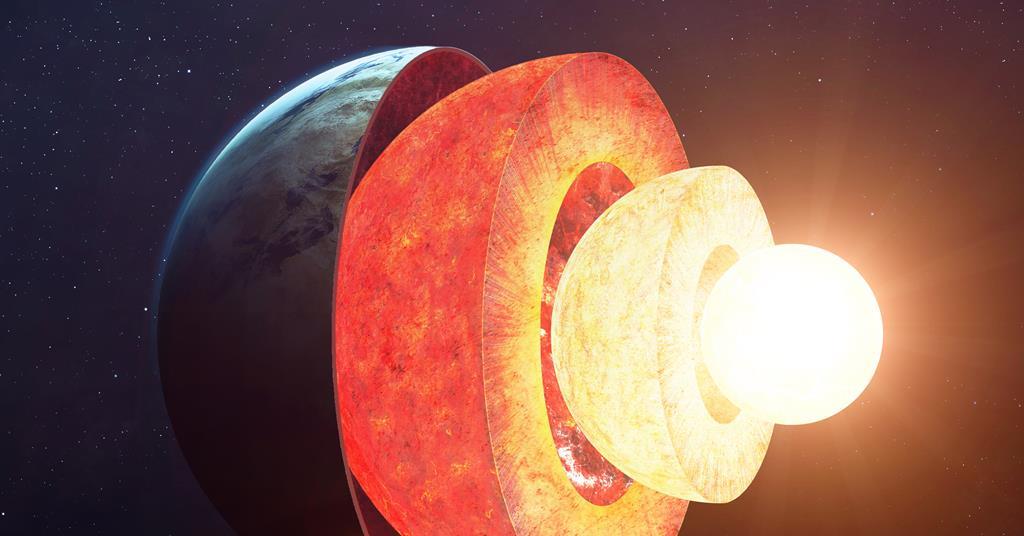
In the new work, Hirose and colleagues at other institutions in Japan and Taiwan propose that the iron core of the Earth formed bonds with helium, allowing the core to act as a reservoir.

Record concentrations of a helium isotope found inside 62-million-year-old Arctic rocks could be the most compelling evidence to date of a slow leak in our planet's core.

A team of researchers, using Europe’s Very Large Telescope in Chile, has found an exoplanet, WASP-96b, with a cloud-free atmosphere, allowing them to detect sodium in levels similar to abundances on Earth.

WASP-107, the star around which WASP-107b orbits every six days, is so powerful that it is gradually dissolving the exoplanet’s atmosphere. As a result, WASP-107b leaves a comet-like trail of helium in its wake.